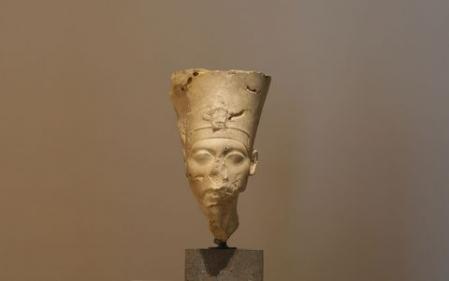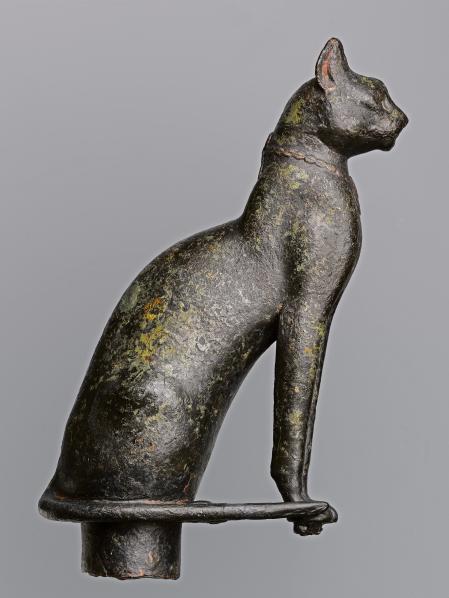Nofretete, Ramses and Osiris
The collection history of Museum Folkwang reflects the multifaceted cultural interests of Karl Ernst Osthaus at the beginning of the 20th century. In the fields of painting and sculpture he primarily focussed on contemporary pieces from France and Germany, while in the area of the applied arts he expanded his horizons to a global scale. Even before the museum completed by Henry van de Velde opened in 1901, Osthaus was in contact with the long-time director of the arts and crafts museum in Hamburg, Julius Brinkmann, and acquired Japanese ceramics, among other things, for his collection. The collector had access to a close network of experts, dealers and advisor friends, who helped him make purchases in Japan or Andalusia, for instance, as well as add significant pieces to his collection purchased at auctions, preferably in Paris.
As such, Karl Ernst Osthaus also succeeded in compiling an overview of the artistic and artisanal production of Ancient Egypt, from the beginnings of Egyptian history, the period of the unification of the two kingdoms (Dynasty 0, around 3100–3000 BCE), the prehistorical period via the end of political history (332 BCE) right through to the Roman era. Almost all the objects originated in tombs or relate in some way to the veneration of the dead. Some of the vessels, for oils, ointments and make-up, for example, are made of brightly coloured, robust hard stone, such as diorite, breccia, gabbro, serpentinite, basalt or limestone, alabaster and anhydrite, and executed in unsurpassed perfection. In addition to vessels and numerous amulets, Osthaus also managed to acquire special sculptures and reliefs.
The current presentation of the Egyptian Collection at Museum Folkwang clearly shows that Osthaus did not specifically seek to compile an encyclopaedic collection. Rather, alongside fascination for the objects, their aesthetic effect was particularly important to him – wholly in keeping with his approach of aesthetically training society.
Although not acquired by Osthaus, the head of Nefertiti will draw attention owing to its striking, recognizable form and will be surrounded by further monumental stone works, figures and reliefs. We show early bronzes, tiny amulets of graceful elegance alternating with vessels made of exquisite stone and simple clay.
Share on


